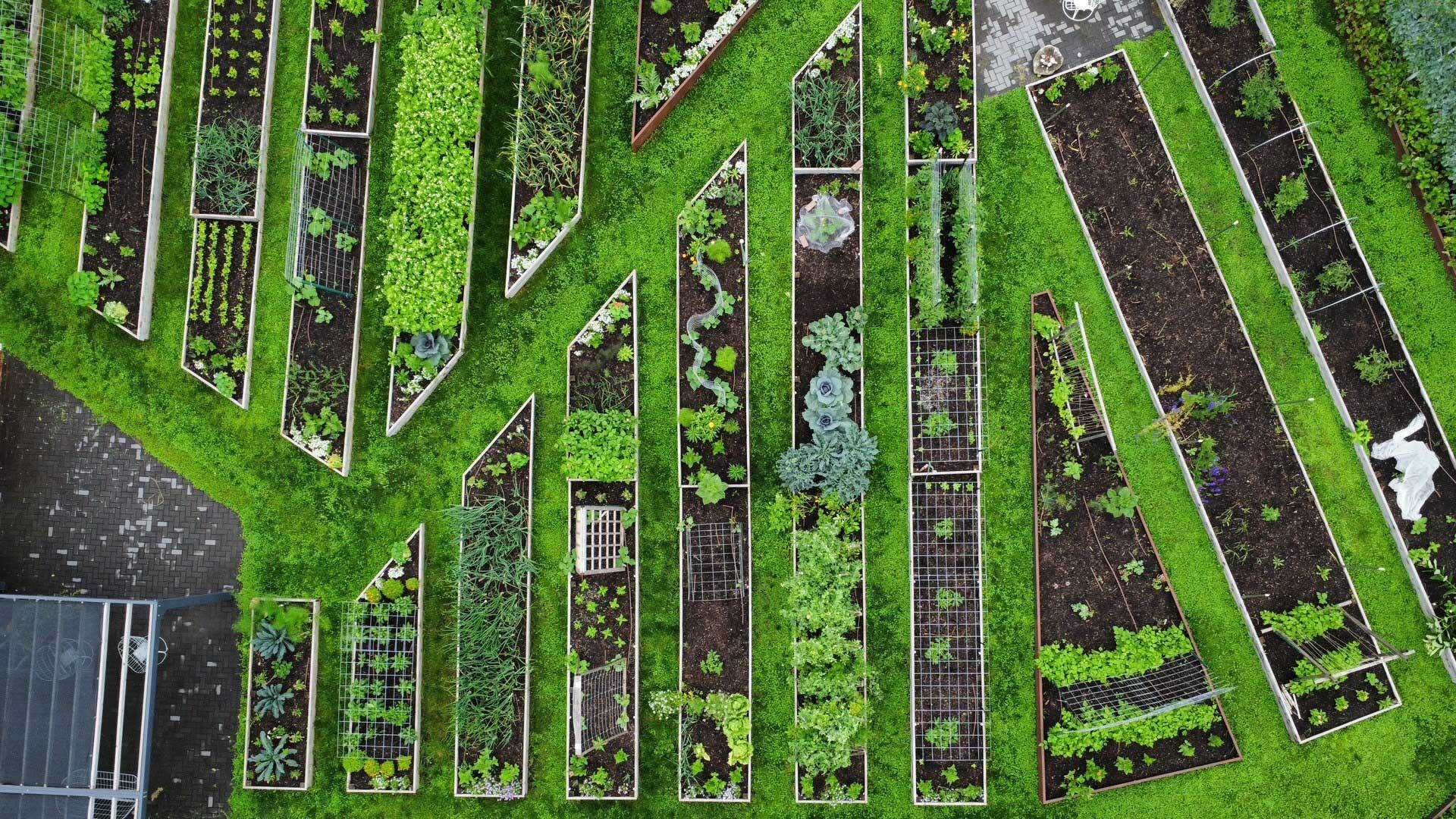We may earn a commission from links on this page.
There isn’t one ideal way to lay out your garden. Gardeners can opt for a chaos garden, where everything grows wildly together, or a companion-planted garden, where many different kinds of vegetables and flowers intersperse. Some people, though, want a perfectly laid out, symmetrical garden, with straight lines of vegetables spaced perfectly in rows. For those people, here are two ways to achieve that.
Seeding using a seed square
Planting from seed is the most efficient way to grow many vegetables, like radishes, beets, kohlrabi and turnips, but seeds are hard to space perfectly. Enter a seed square. A plastic grid with holes perfectly spaced in a variety of patterns, the square is placed in your garden bed, and you push seeds into the holes in the pattern you wish to achieve. These should correspond to the recommended spacing on the seed packet, but most of the vegetables I just named have the same recommended spacing: two to three inches between seeds. Make sure you place two to three seeds in each hole, in hopes that at least one germinates. You can always trim back the seedlings to one later.
Credit: Amazon
Seed squares aren’t expensive, but you can make your own using a piece of cardboard. Draw a grid on a one foot by one foot piece of cardboard. Use a hole punch or awl to make holes in symmetrical patterns on the cardboard. You can paint the square to help you easily note the patterns while out in the garden planting.
If you are gardening by the foot, you can use the seed square to plant multiple different vegetables in each square foot of space in your garden. By laying them out with the seed square, even different vegetables will grow in a structured pattern.
You don’t have to repeat the same pattern throughout a garden bed, either. You can dedicate a portion of the whole bed to pattern seeding, or mix up the pattern from square foot to square foot.
Planting in a grid using seedlings
Credit: Amanda Blum
If you’re buying starts or growing your own, it’s easier to keep your plants in a tight grid. All you have to do is plonk the starts in the soil where you want them— you can see the pattern as you plant. With seedlings, a seed square won’t help— the holes aren’t big enough—so it’s best to use a tool like a piece of PVC or a yardstick to lay out where plants will go. Use the PVC or yardstick to draw lines in the topsoil to divide the garden bed into a grid.
Credit: Amanda Blum
As with the seed square, you can sketch the layout ahead of time, but generally, you want to keep blocks of rows—a block for each vegetable. The blocks don’t have to all have the same spacing, or even go in the same direction. By maintaining the grid, your garden will still look clean and professional when everything grows in.
